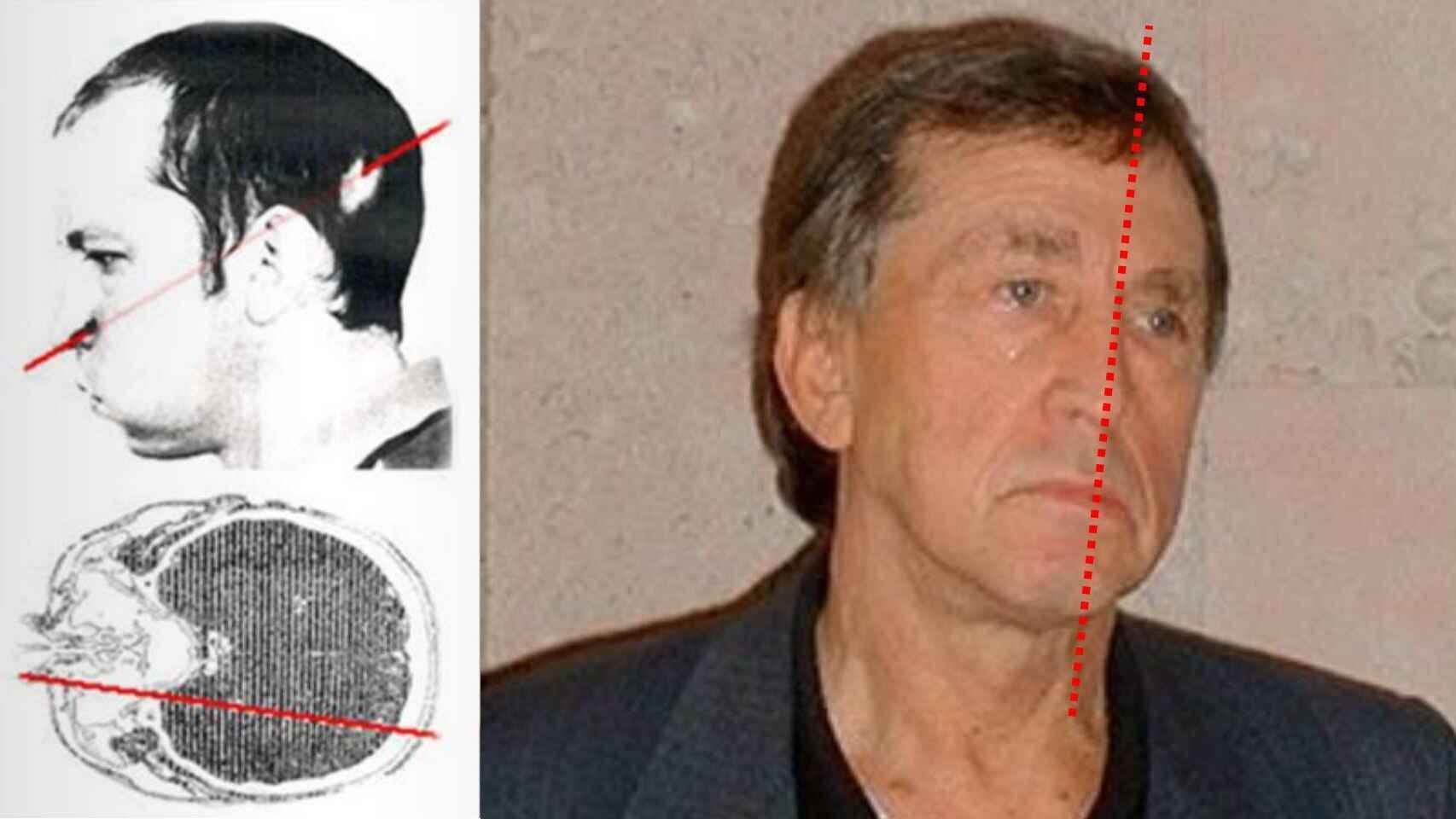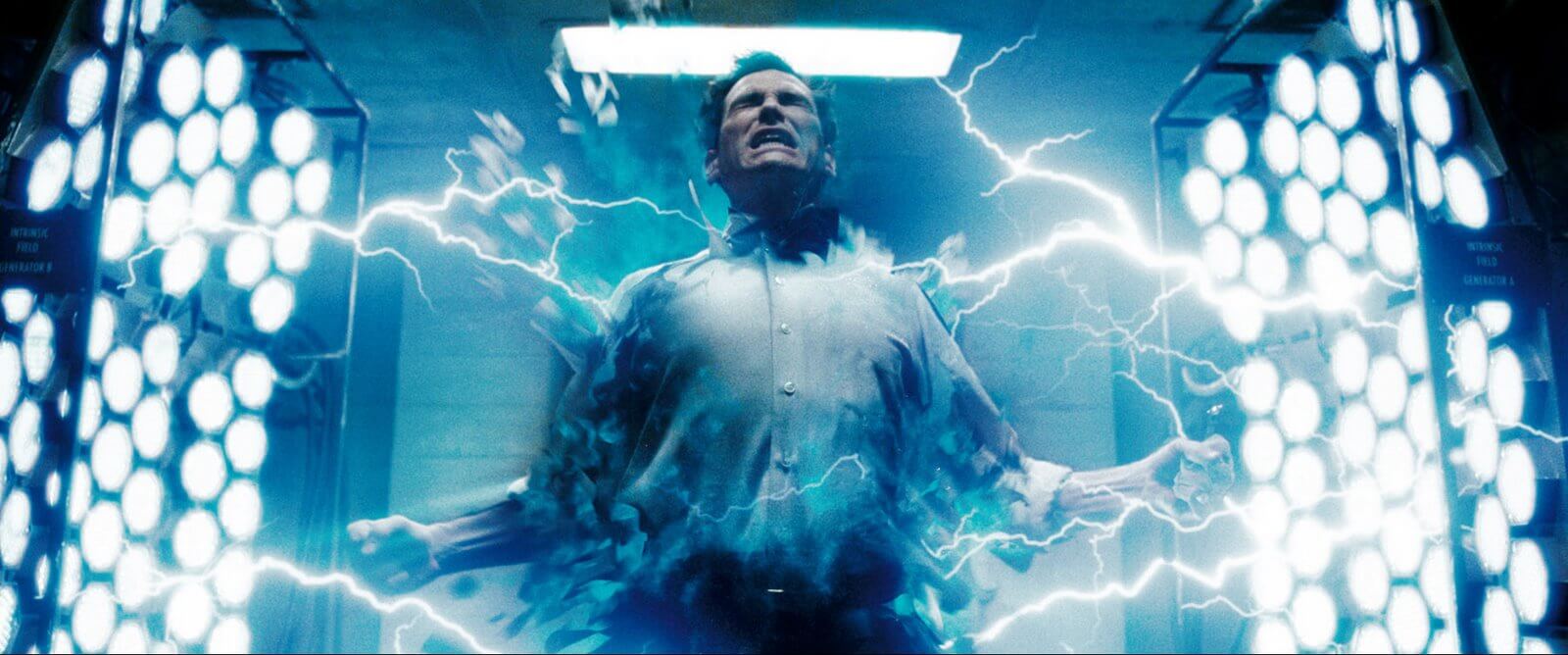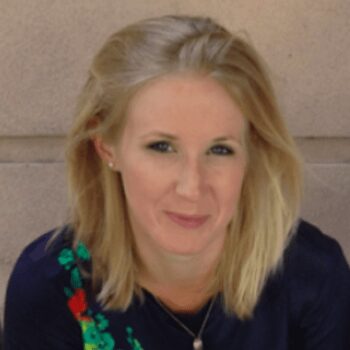If you ask a physicist what would happen if you were to stick any part of your body into a particle accelerator, you will be met with the same answer time and time again: they don’t know. They may have some vague notion of how it would affect your body, but not a single clear answer emerges. As with any other source of radiation it’s ultimately not recommended for you to find out.
Except that someone did find out. One man in all of human history has been struck by the beam of a particle accelerator. He went on to be the subject of intense study by his country’s medical researchers for his bizarre reaction to the radiation. Were this a science fiction tale or a comic book world then perhaps the story of this man would be a fantastical one full of superpowers and increased mental capabilities, or the enhanced ability to see different parts of the electromagnetic spectrum.
This story is not about superheroes and exciting mutations. But neither does it proceed in the way one might expect. There are both elements of the expected and unexpected in the case study of Anatoli Bugorski.
Anatoli was a scientist working in the late 1970’s Soviet Union. It was a mid-July day when the incident occurred at the U-70 synchrotron — an intricate, silvery machine overrun with a snake-like tangle of blue and red wires. At the time it was the Soviet Union’s largest particle accelerator. The point of these machines is to accelerate beams of particles at extremely high speeds, guided and focused on their path by powerful magnetic fields. The metal pipes within which the particles travel are almost a perfect vacuum free of air and dust. These beams of particles can be directed to hit another beam of particles or a chosen target such as a sheet of metal. When these collisions occur instruments search for whatever particles and radiation were created during the collision. They are undoubtedly one of the most complex wonders of human engineering. With so many elements it’s unsurprising that, at times, parts of the machine malfunction.
Anatoli was checking up on some malfunctioning equipment on the accelerator when the accident took place. Operators in the control room did not remove the beam despite knowing that Anatoli was going to be entering the chamber to perform his inspection. Neither was the door to the chamber locked nor a warning sign illuminated to alert Anatoli that there was still an active beam inside. So it was that he entered the room, leaned down in the space where the beam passes from one section of the accelerator tube to the next, and was promptly struck by a beam of protons traveling at nearly the speed of light. The moment of impact brought a flash of light that Anatoli later described as “brighter than a thousand suns”.

As it was entering the cavern of Anatoli’s head the particle beam was around 200,000 rads. Because of collisions that took place between the particles and Anatoli’s matter, the beam measured 300,000 rads upon exiting his skull. At a level of 400 rads, radiation can kill half the people it touches. At 1,000 rads and above, the radiation will kill almost anyone. Anatoli had received a dose of radiation 300 times the fatal amount. Despite this, there was no pain. As a particle physicist Anatoli understood what had happened even if he couldn’t be sure of the exact gravity of the situation. He collected himself, finished his work in the chamber, and went home without telling anyone what had happened.
It wasn’t until the next day when he began to show worrying symptoms that he was taken to the hospital. The left side of his face was swollen and unrecognizable, with the skin beginning to blister and his hair falling out where the beam had struck. These effects were temporary and inconsequential compared to what would follow. Everyone involved expected Anatoli to die. The doctors and nurses carefully oversaw his treatment, though it’s likely no one expected him to survive past three weeks at most. And that’s exactly the most bizarre part of the entire incident: Anatoli did not die.
The left side of his face was permanently paralyzed and aged more slowly compared to the right side. He also went deaf in his left ear, suffered several intense seizures throughout his life and recurring petit mal seizures during which his attention was compromised. He was also predisposed to developing cancer as a long-term effect of exposure to radiation. And yet the fact remains: Anatoli did not die. His mental capabilities remained intact and he went on to earn a PhD and then work at the facility where his accident occurred. How was he able to survive a level of radiation 300 times the lethal amount?
This has been one of the biggest mysteries surrounding the case. A possible explanation arose only recently. Our information to Anatoli’s case is limited since, as soon as he was admitted to the hospital and told staff what had occurred, all major details surrounding the incident and treatment were immediately classified. However, we do have some idea of what may have happened.

The radiation remained concentrated in his head and did not spread to the rest of the body because the proton beam was sufficiently narrow. This beam also took a path through Anatoli’s head that avoided degrading his mental abilities or leaving him blind.
The path of a proton beam culminates in something known as a Bragg Peak. The Bragg Peak is the point at which the proton deposits most of its energy, generally occurring right before the path of a proton comes to an end. This characteristic is valuable for procedures like proton therapy where the high-energy beams are used to help treat tumors and cancers. But these are carefully calculated procedures. The proton beams during therapy are instructed to follow a very specific path so that their Bragg Peak is used to destroy harmful cells within a person’s body. It’s likely that the accelerator’s proton beam did not attain its peak within Anatoli’s head and therefor, fortunately, did not deposit the majority of its energy within Anatoli’s skull. The dose of radiation Anatoli received was much smaller than it could have been had his head had the stopping power to create a Bragg Peak.
These, of course, are only suppositions. The unfortunate thing about case studies is that they are lone occurrences and because we have such limited data it’s difficult to draw any solid conclusions. There has not been any other person since Anatoli Bugorski to have their head struck by an accelerator’s proton beam. That he is part of a group of radiation survivors is true; but it is also true that no other person on Earth has ever experienced a journey quite like his, a world he must endure on his own. During nuclear disasters or during the aftermath of a war people can seek consolation in knowing they are not the only ones. But what happens when a disaster affects only you? And what happens when the war is in your head and you are its only survivor?





























